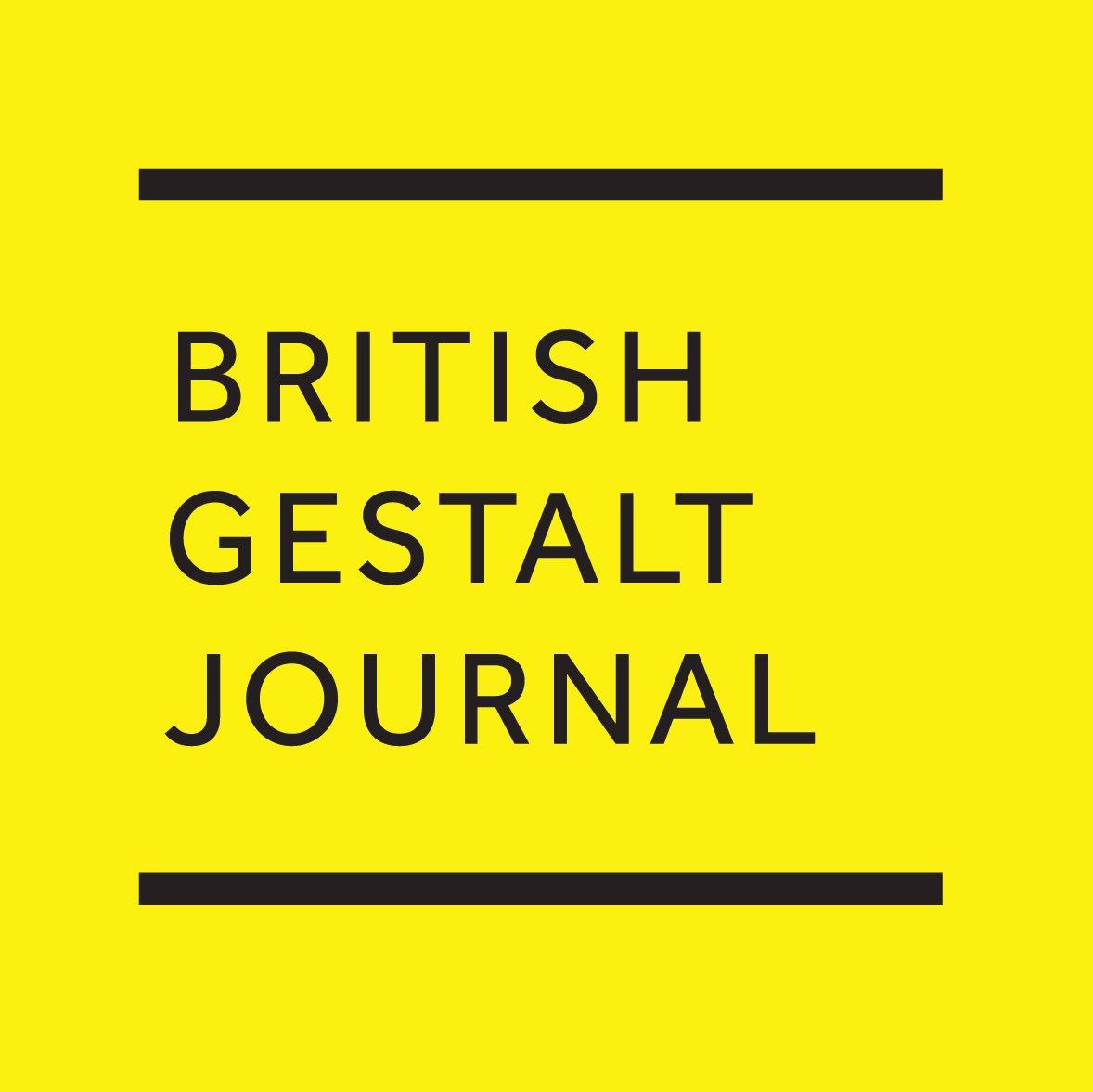History of the Journal
Striving for critical and considered writing
Founded in 1991, the British Gestalt Journal is now the longest running publication of its kind in the world. It is an international peer-reviewed journal which publishes articles, reports, interviews, reviews, news, and information on all aspects of Gestalt theory and related applications. Contributors include well known and widely published Gestalt authors and practitioners as well as emergent writers of all ages and experience.
The BGJ is published twice a year in May and November as a printed journal and is now also available as a digital download. It has a committed editorial practice which actively supports contributors through the writing process.
The British Gestalt Journal was first published in 1991 with Malcolm Parlett as its first editor and Ray Edwards as production editor. At the time its concerns were with developing a distinctively British identity for Gestalt therapy, which was sometimes viewed suspiciously as an import from the USA, complete with American values and language. With a powerful psychoanalytical establishment in the UK, there was a need for Gestalt therapists to develop a stronger intellectual tradition in order to be able to engage more rigorously in demonstrating what the gestalt approach had to offer. Much of the prevalent popular knowledge of gestalt therapy was out of date, promulgated by historic videos and teaching material, and the BGJ hoped to stimulate fresh thinking, high quality writing and to encourage practitioners to engage more assertively in writing about the rich and fertile concepts that underpinned their work.
As a process-orientated, phenomenologically-focussed, creative approach to engaging with human experience, Gestalt therapy is characteristically a vivid, experimental, embodied approach rather than the application of certain techniques and agendas for change. However there is a rich foundation in European critical theory and philosophical thought, including existentialism, phenomenology, field theory, psychoanalysis, holism, Gestalt psychology as well as influences from American pragmatism and Zen philosophy. It was this richness which the BGJ wanted to draw on and to crystallize in a written tradition which would build bridges with other forms of psychotherapy and extend to other applications of gestalt theory.
Christine Stevens took over the editorship in 2007 and invited Katy Wakelin and Belinda Harris to join her as assistant editors. In the sixteen years since the BGJ started, the landscape had changed to the extent that many more books had been published on aspects of gestalt theory and practice, often containing chapters that had initially been published as articles in the BGJ; and other journals such as The Gestalt Review and the Gestalt Journal of Australia had been founded. Contemporary challenges and opportunities include the UK government’s requirement for therapy modalities to demonstrate their evidence base in order to be commissioned by public services. This opens up the issue of how we research our clinical practice, both in ways that demonstrate its effectiveness in relation to other therapies, for example by outcome measurement, as well as improving the quality of the client experience, for example by case studies and analysis of clinical experience. There has also been a growth of gestalt theory being applied in new areas such as organisational development and executive coaching, and this is reflected in the pages of the BGJ.
The BGJ has always had an international flavour, reflected in its subscribers list and in the occasional articles published in translation from a European language. With the recent dramatic growth of gestalt trainings and practitioners in Europe, particularly in the eastern countries and also in Asia and South America, the role of the Journal has become more important in supporting new writing and providing an archive of articles which are proving valuable for trainees as well as established practitioners. The new website work in 2014 is enabling us for the first time to provide digital downloads of archive articles as well as electronic versions of current issues for subscribers and potentially to make articles available via the website in languages other than English. All of these developments continue what Malcolm Parlett in his first editorial described as the “art and skill” of Gestalt therapy – and of the BGJ – being “alive, fresh and relevant while holding onto its essence and unique vision”.

